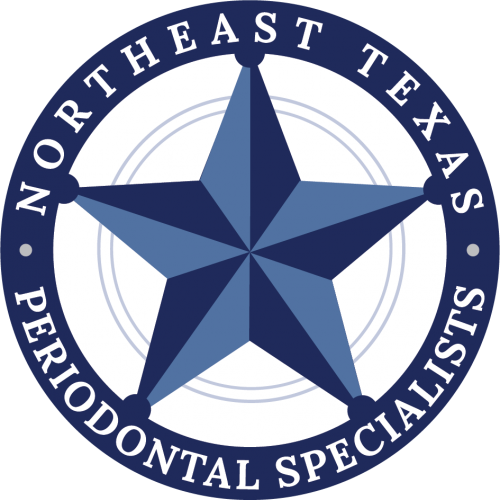Is gum disease having a negative impact on your oral health and your smile? Gum disease, or periodontal disease, is a quite common dental condition that impacts the health of many Americans. Without proper and timely professional treatment, the gum disease can result in gum recession, significant bone deterioration in the jaw, leading to tooth loss and many other serious health concerns.
Your dental team and the dental industry will always strive to bring the latest technological advancements for patients in need of periodontal treatment. One of those innovative treatments is the use of a perioscope, a minimally invasive tool that strongly enhances the effectiveness of nonsurgical periodontal procedures, such as deep cleaning, or scaling and root planing. The introduction of the perioscope will enhance the success of your gum disease treatment experience and overall results.
The Traditional Approach for Treating Gum Disease
Treatment for gum disease usually starts with a deep cleaning, called scaling and root planing, to remove damaging bacterial plaque and tartar from your tooth roots. Since the disease is beneath the gum line, your dental team is not able to visualize the root surfaces during the cleaning. This is one reason advanced stages of gum disease need gum surgery for successful results.
The Periscope Replaces Periodontal Surgery in Many Cases
Perioscopy is no more invasive than traditional deep cleaning, which involves the scaling and smoothing of the root’s surface. A local anesthetic is administered to eliminate any potential discomfort, and the procedure usually takes between one to two hours to complete.
Because the periscope gives your dentist and hygienist close-up views of the specific area that requires treatment, they now can avoid flap surgery. Flap surgery is a procedure that uses a surgical opening to give a clear view of, and access to, the area that is being treated.
To be able to effectively remove hardened tartar and calculus, it is beneficial to have a clear view of where it is located. The periscope gives your dental team that view with illuminated and highly magnified images, up to 45x, which they use to guide the precise, thorough removal of the damaging tartar and calculus.
Now using microsurgical instruments, they can reach the deeper areas where calculus has hardened and gently remove the sole source of the gum disease.
Removing the calculus creates a smooth surface on the root of the tooth. It is difficult for bacteria to adhere to these freshly smoothed surfaces, so your gums can regenerate and recover without further irritation. The gum tissue will shrink, tighten, and reattach to your teeth to again play their protective role.
The results achieved with the perioscope treatment are more effective and successful than with traditional gum surgery or laser-assisted gum disease treatment. With the perioscope, your dentist can actually view the roots during the cleaning of them and the surrounding infected tissues, a procedure also called debridement.
Perioscopy is non-invasive, effective, successful, and more economical than conventional gum surgery. Your entire mouth can be treated in a single visit. The only follow-up required is for your next checkup and cleaning in six months, to ensure that the healthier tissue stays healthy.

